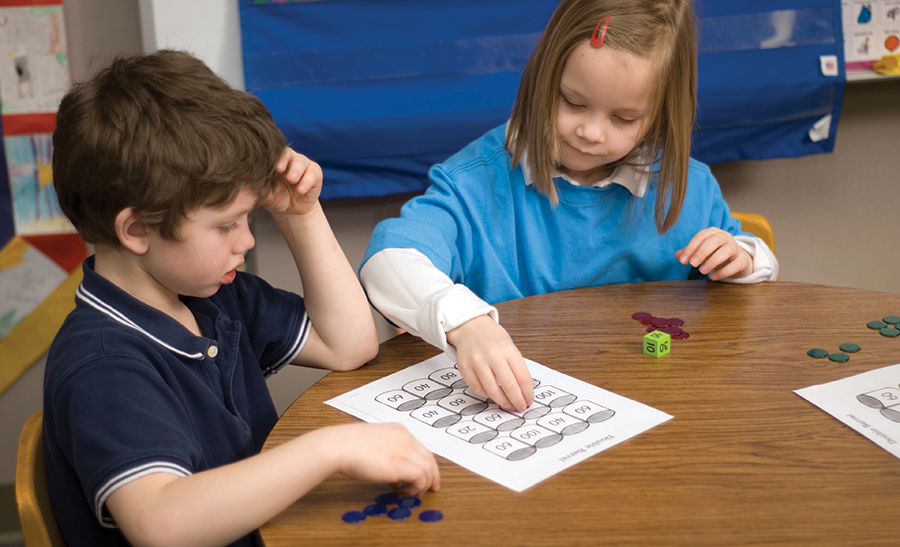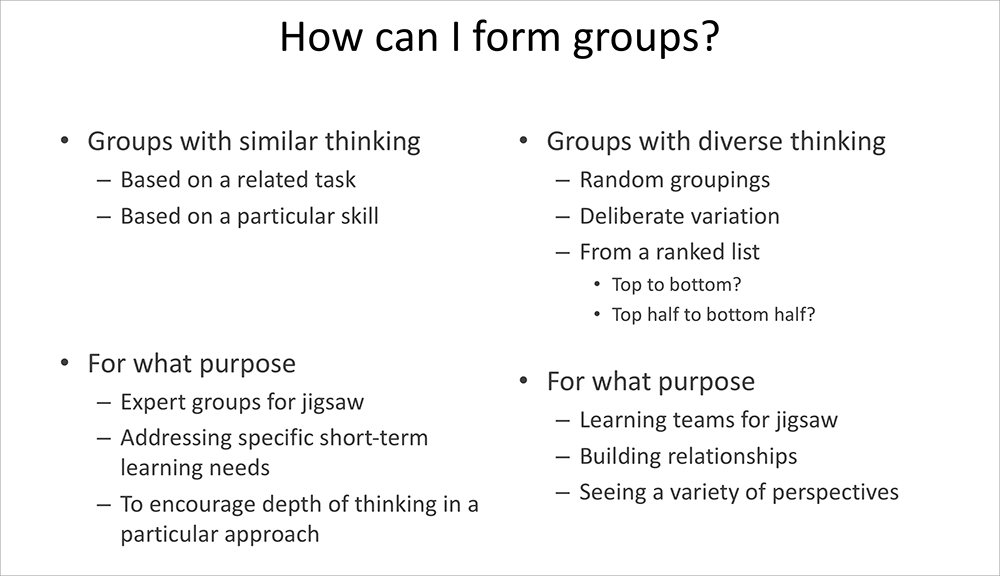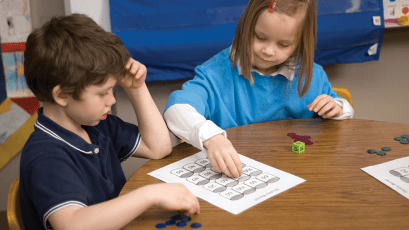Great Ideas
Math Problem-Solving – Questions, Skills, and Making Mistakes
Young children are wired to persevere!
Think about a young child trying to accomplish a goal. They persist! Even if it’s a long crawl across the room to pet the cat, they keep going. Even if there’s a latch on the kitchen cabinet so they can’t open it, they keep trying to get to the pots and pans inside. Young children are wired to try and try again to accomplish a goal that matters to them. By the time they are in the upper elementary grades, however, they often do not show this same perseverance in math problem-solving. How can we create a classroom environment where students keep this persistence for their mathematical problem-solving work?
In Math Problem Solving – Mistakes are welcome!
Students often see math class as a time of right and wrong answers. Nine plus four is thirteen, every single time. What does vary is how we get there, the strategies we use to figure this out. When we talk openly about strategies and recognize the various ways children find the answer as valid and important, we keep the door open to persistence.
We must also recognize and honor mistakes as evidence of good thinking. Sometimes our brains “have a moment” and we just say the wrong thing, even if we know better. That’s okay. Sometimes we have a good strategy and get stuck in the middle so there isn’t an answer yet. Talking it through can help. Saying things out loud helps clarify our thinking and, often, a classmate will have a good idea to try moving forward. Sometimes an incorrect answer reveals a misconception. Working through the error helps us find and correct the misconception.
Building Trust – Problem Solving Questions
A classroom where these conversations happen is a classroom built on trust – teachers who trust there is good thinking behind wrong answers and students who trust that their teacher values their thinking every time. One simple change for teachers is to ask students to explain their thinking consistently, whether the answer is right or wrong:
- “Tell me how you know that.”
- “Why do you think that’s right?”
- “What strategy did you use to figure that out?”
Too often, our students hear these questions as a polite way of the teacher saying “That’s wrong” rather than curiosity about student thinking. If we ask every time, it becomes clear that these questions come because the teacher wants to know how the students think.
Students must also trust each other to value thinking as much as (or more than) right answers. This means modeling for and coaching students on how to talk to each other about mathematical thinking. Students can ask the same questions listed for teachers above. They can say “Did you think about…” or “What would happen if…” when sharing a different perspective on a problem.

Math Problem Solving Skills: Grouping Students
One pattern I hope you see in the ideas above is that students are talking with each other, not just the teacher, about their math thinking. This means they are working collaboratively with partners or in small groups when problem-solving. Think about forming groups in different ways for different purposes. When do you want students working with others who think in a similar way? When do you want students working in a group representing diverse perspectives? Both have value, depending on the instructional purpose for your lesson. The figure below provides a way to think about this. You can learn more about grouping students in the February edWeb session.

Continue the conversion and learn more about questioning strategies in math instruction.




